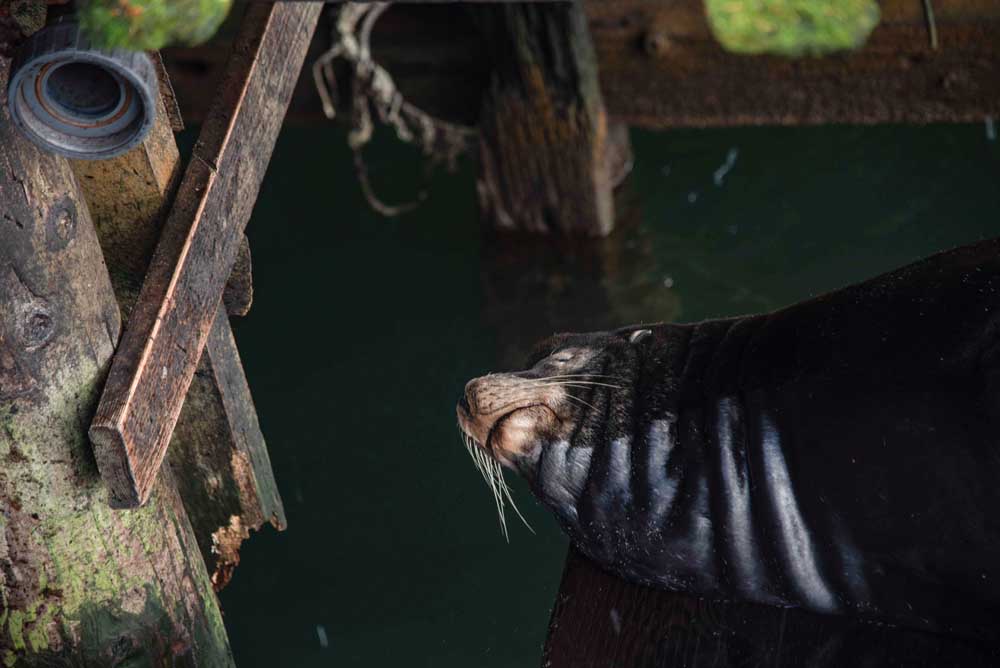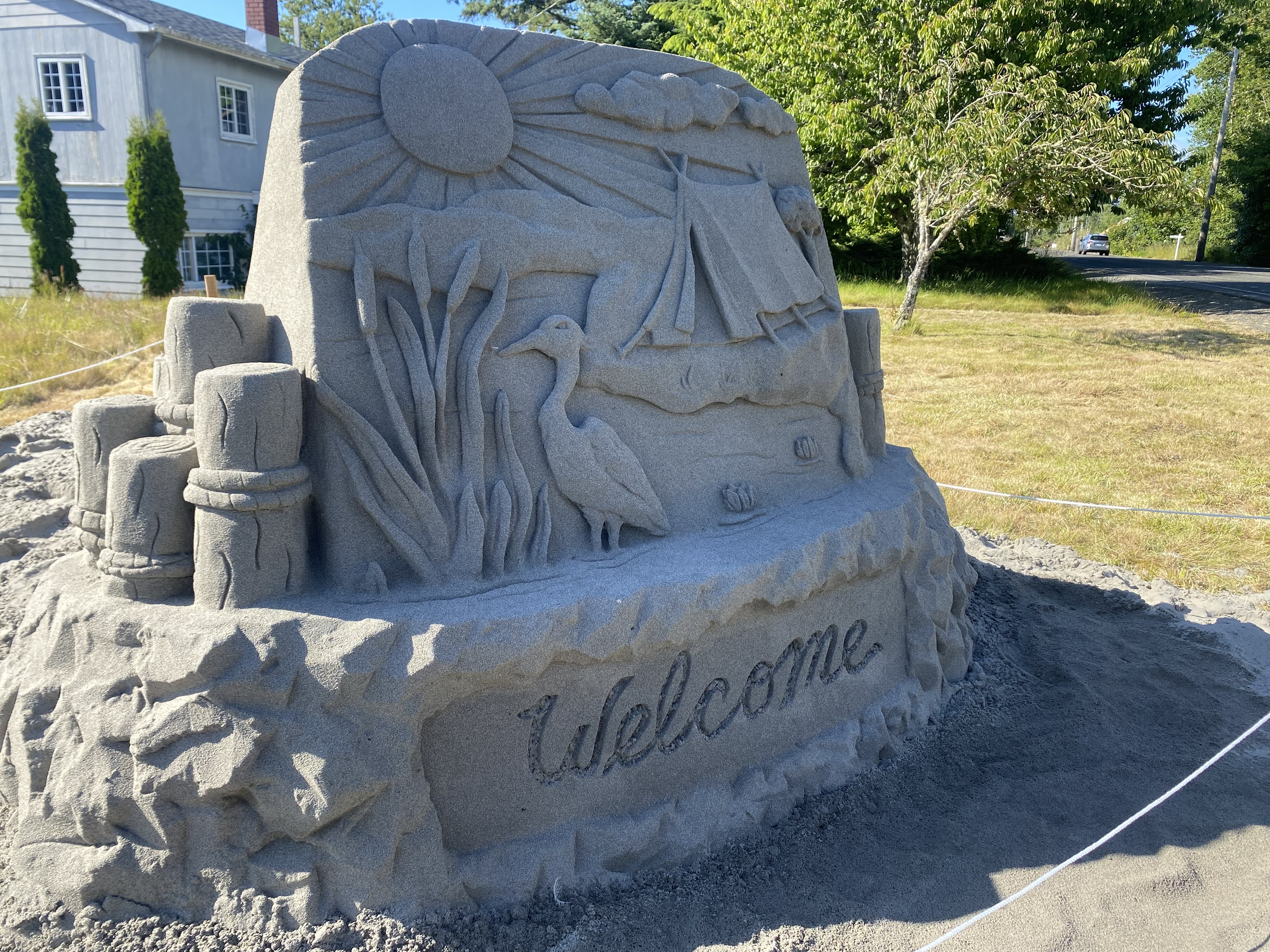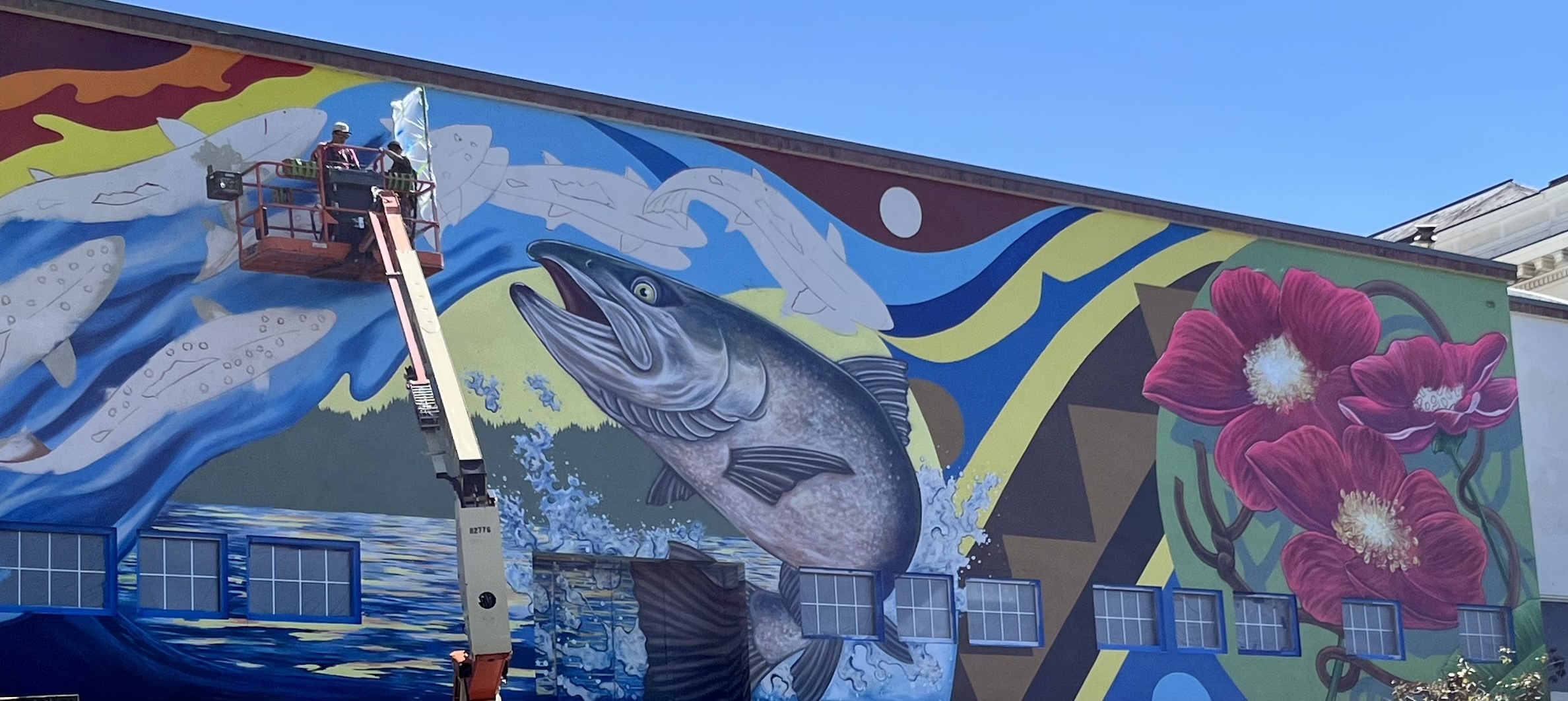Rainy Rambles: Short hikes and safety tips
Published 9:00 am Tuesday, December 12, 2023

- A sea lion rests on pilings off the Astoria Riverwalk.
Spend much time here in the Columbia-Pacific region and you’re going to have to adjust to cold and rainy days in the fall and winter.
Trending
I’m quite happy to throw on my rain suit over some warm layers and lace up my waterproof hiking boots to go stomp around in mud and puddles.
Wet-weather hiking brings challenges. Some of these can be dangerous, starting with cold temperatures. This region doesn’t get freezing temperatures that often, but hypothermia doesn’t require those.
To protect yourself on a winter hike, wear several insulating layers. I like a thin thermal layer first, a second heavier one like a hoodie or sweater, then a super-warm, waterproof coat, topped off with an insulated hat and gloves. Under my hiking pants, I usually have fleece-lined leggings and good wool or other thermal socks in my boots.
Trending
Even well-maintained trails may experience some erosion from all the rain, and footing gets slippery when wet. Hiking in the rain can mean visibility is lowered (especially for those of us who must wear glasses).
I take my time when conditions are less favorable, including on sections of the trail that are not a problem when dry. I also may take hiking poles for better balance, especially on uneven or messy terrain.
Not only do the poles help me keep my balance on hills, but by distributing my weight among four points of contact with the ground, it’s easier to catch myself safely if I slip.
While rain isn’t a problem in and of itself, I stay off the trails when it’s significantly windy. The soggy soil makes it more likely that trees may be knocked over, and even a young red alder falling can be fatal. So can heavy loose branches or tree tops when they land.
The beach is especially dangerous during storms.
Storm winds often push the waves much further up the shoreline. Riptides and sneaker waves are common. The water is strong enough to hurl large pieces of driftwood onto land, which can take unsuspecting people by surprise.
Immersion in cold water, even with your head above water, may be fatal within minutes, and winter’s chill just drops the temperatures more. While we usually only get lightning a few times a year, it’s just as dangerous as it is anywhere else for anyone out in an exposed area like the beach.
I’m an experienced hiker in reasonably good health and I’d like to keep it that way, so I take it easy during the rainy season. For those who would like to do the same, I’d like to recommend a few of my favorite area trails that are comparatively safer and lower-impact this time of year.
Warrenton Waterfront Trail
This trail approximately 4.5 miles long, is generally level and paved much of the way, though you may find yourself on busy streets in certain sections. Even if you stick mainly to sidewalks on this urban path, there are still multiple places for great views and birdwatching along the Columbia River.
Astoria Riverwalk
Similar to the Waterfront Trail, the Astoria Riverwalk boasts long stretches of paved, flat pathways along the river, though the eastern portions feature dirt trails and an old train trestle that may be too much for those afraid of heights. But it’s quite accessible and a pretty walk even in the rain. At over 6 miles long, there’s plenty to explore here.
Fort Stevens State Park
While this Warrenton park has several lovely, established trails throughout its boundaries, my favorite thing to do is wander overland in the areas around the old batteries and the disc golf course. Grass lawns and gentle dirt trails make the going nice, other than some muddy spots when it’s wet. If you need to go back early, shortcut across the green rather than sticking to a set trail.
Discovery Trail
The 8.5-mile Discovery Trail stretches from Ilwaco to Long Beach on the Washington side of the river. It is largely either paved or boardwalk, with most of it following the beach northward. I love the stretch from Ilwaco to Beards Hollow in Cape Disappointment State Park because while it has a few more hills, the forest scenery is quite gorgeous.
Teal Slough
One of the shorter trails at Willapa National Wildlife Refuge, Teal Slough focuses on quality over quantity. This old graded logging road, now covered in grass, is a half-mile-long adventure into a remnant old-growth western red cedar forest that was saved from logging in the nick of time in the early 1990s. Some side trails can be a bit rugged but are relatively flat.
Black Lake
Head to the north end of Ilwaco and enjoy a loop trail encircling Black Lake. This is the most comparatively rugged of these trails, with some hills and uneven footing, especially if you venture off the main loop to explore further uphill. Even if you stick to the flatter gravel path and sidewalk on the west half of the loop, you’ll still get to experience the natural beauty.









